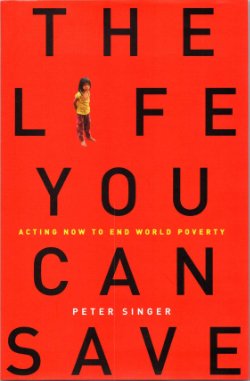By The National Commission On The Causes And Prevention Of Violence
“Dear Mr. President: I transmit herewith the Final Report of the National Commission on the Causes and Prevention of Violence. This Commission was. created by President Johnson in an Executive Order dated June 6, 1968. Nearly a year later you asked us to continue our work and so extended the Commission's life for an additional sb~.months, We are grateful for the support and encouragement that two Presidents and .their staffs have given us. Our Report is based. on penetrating research by two hundred leading scholars and on eighteen months of hearings, conferences, and some sixty days of arduous working sessions by members of the Commission. The Commission's findings and recommendations are presented to you in a single volume. The detailed data and findings of the scholars who helped us are set forth in more than fifteen volumes of printed reports. These reports provide a solid base for further study and research. We believe our Report will be of value to you, to the Congress, and to the American people. It sheds much light on the complex forces that tend to increase the level of violence in our rapidly changing society. It suggests what the federal government, the state governments, and private associations and individuals can do to reduce the incidence of violence….”
Washington. DC. U.S. Printing Office. 1969. 364p.





















